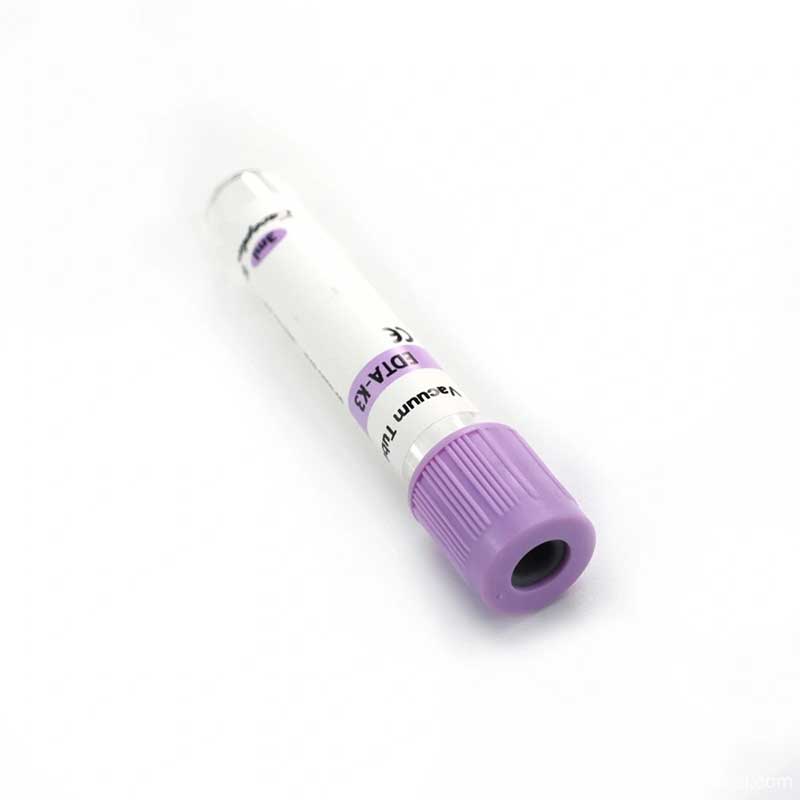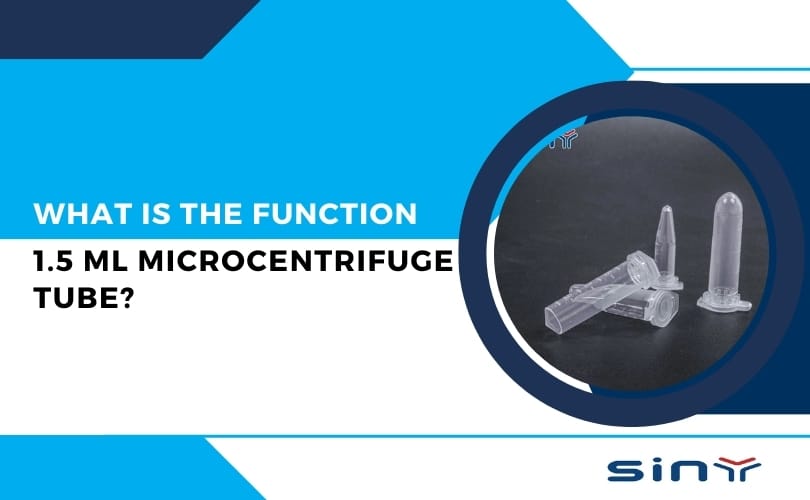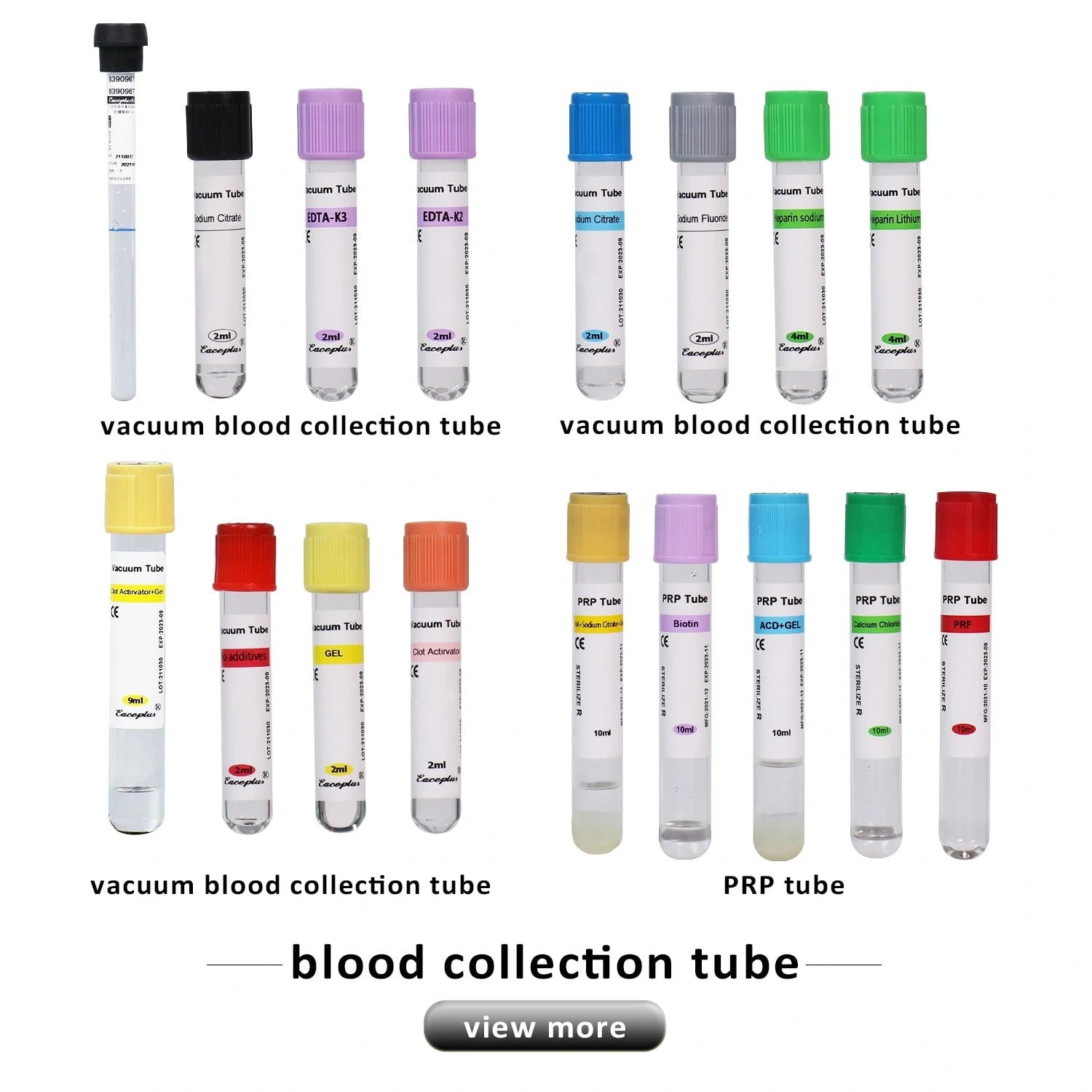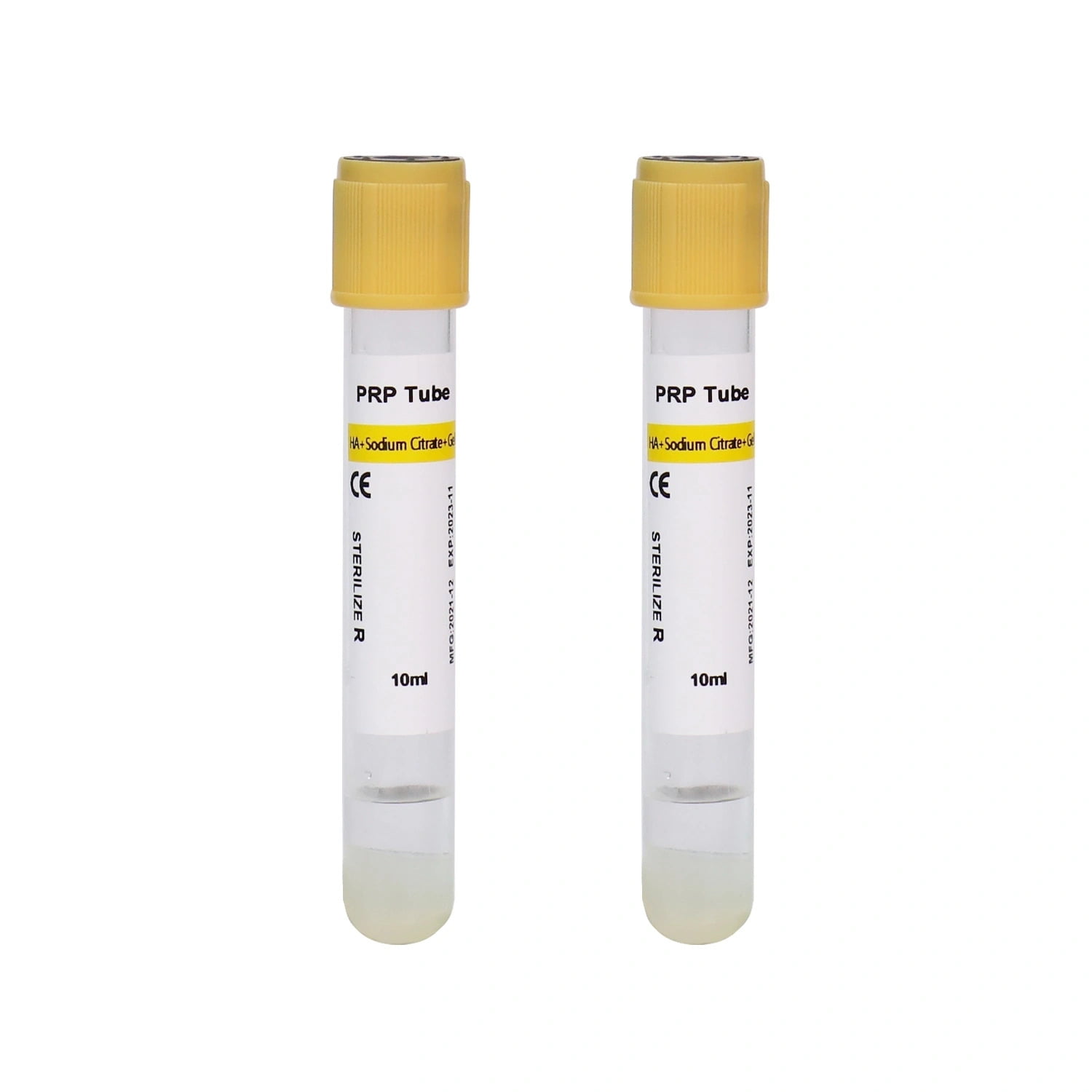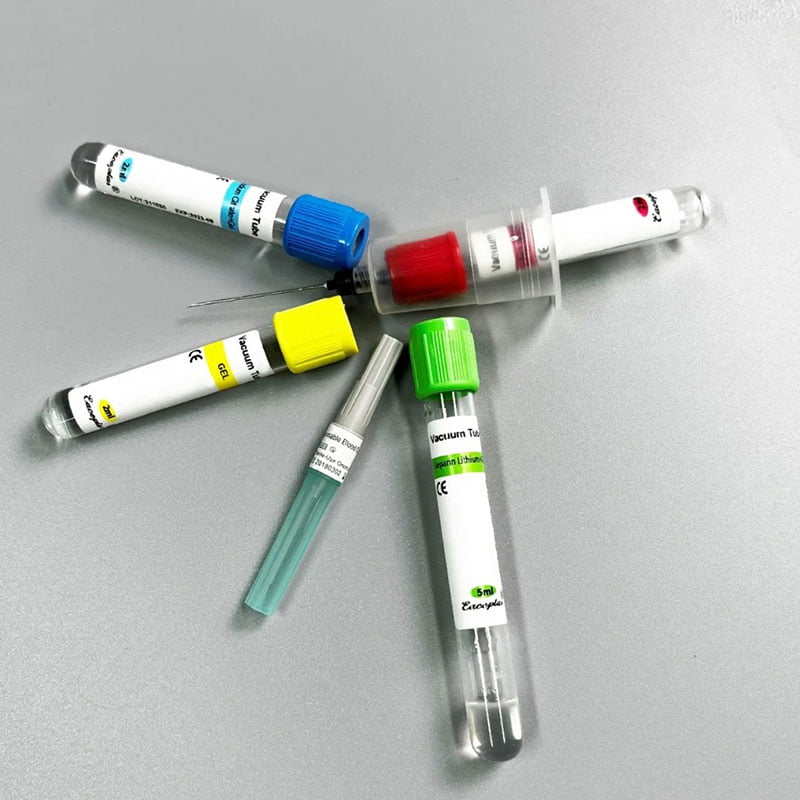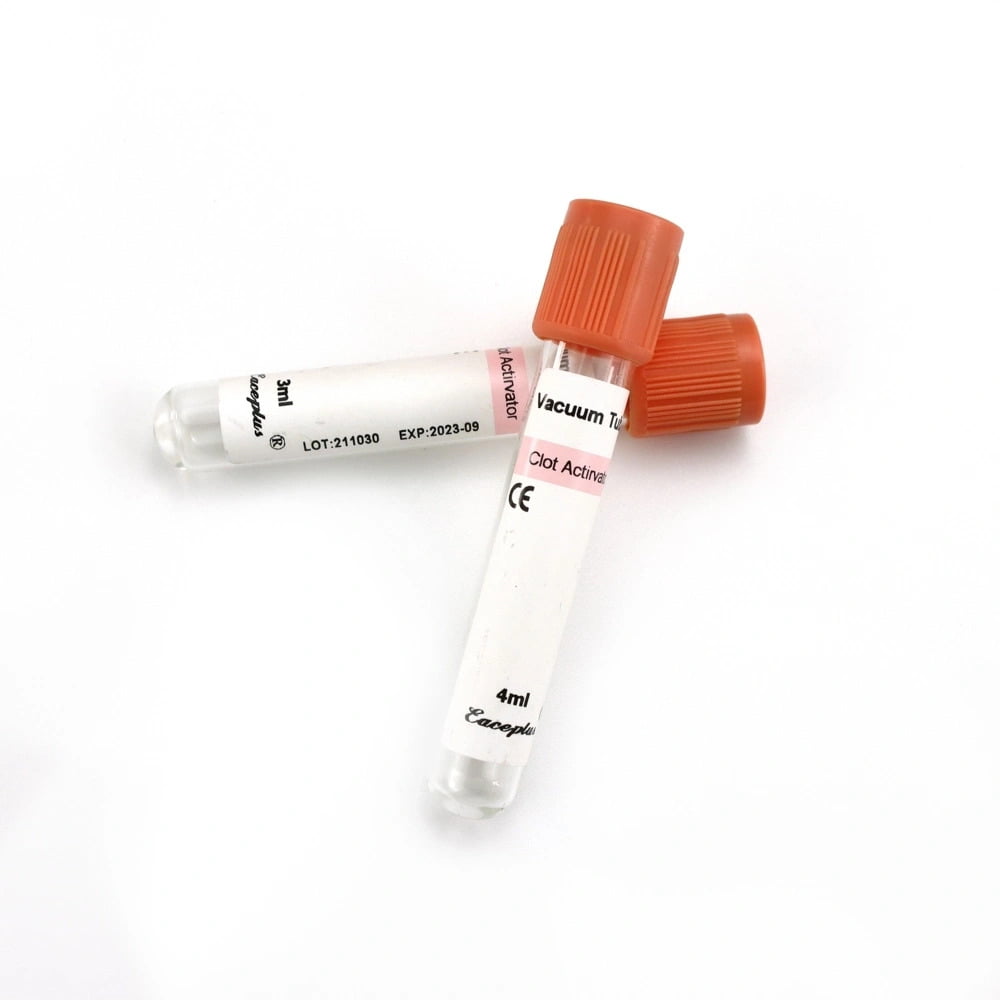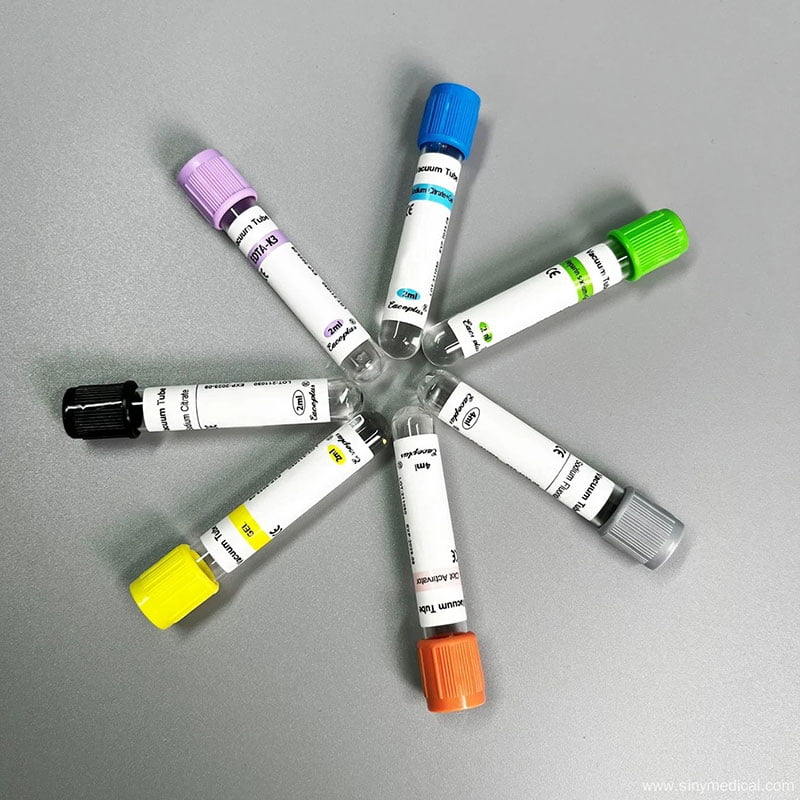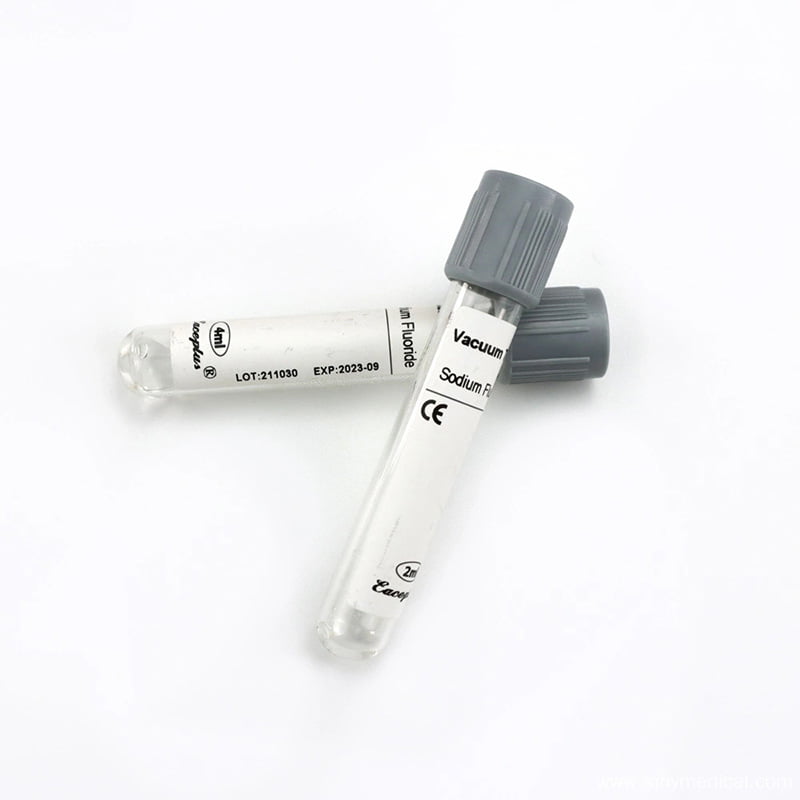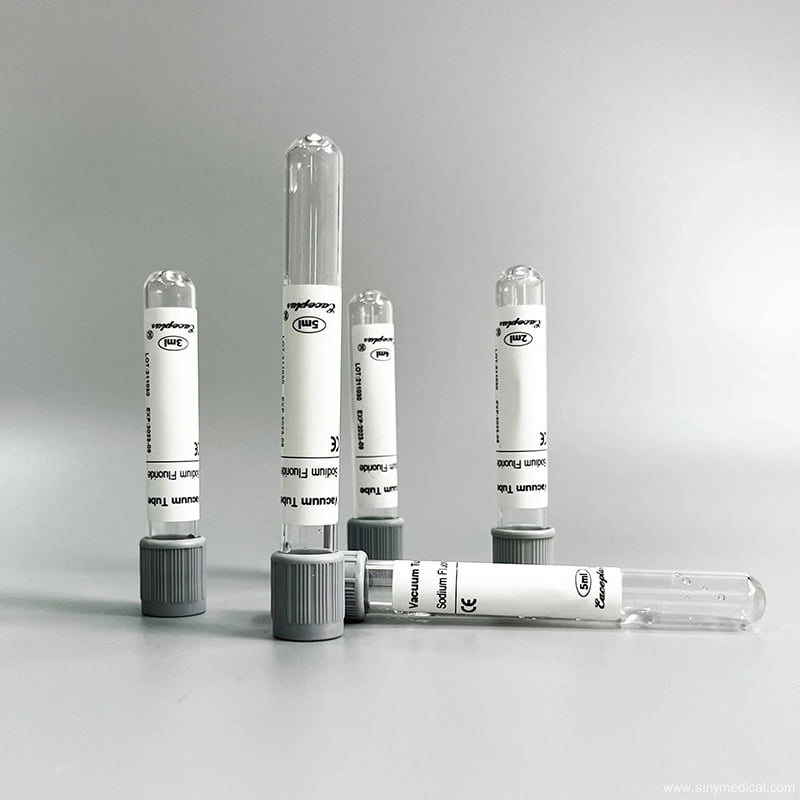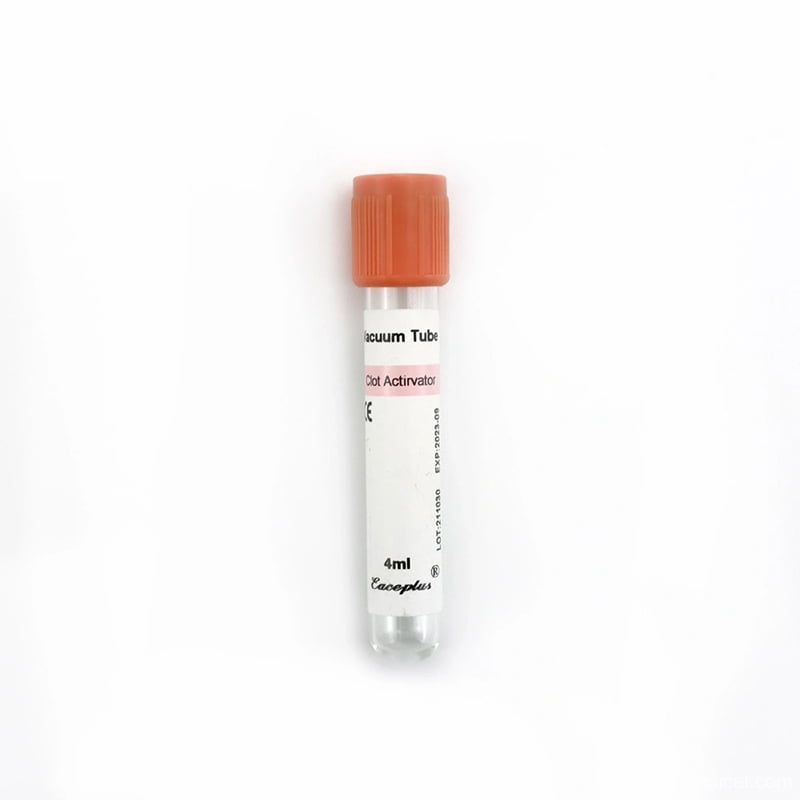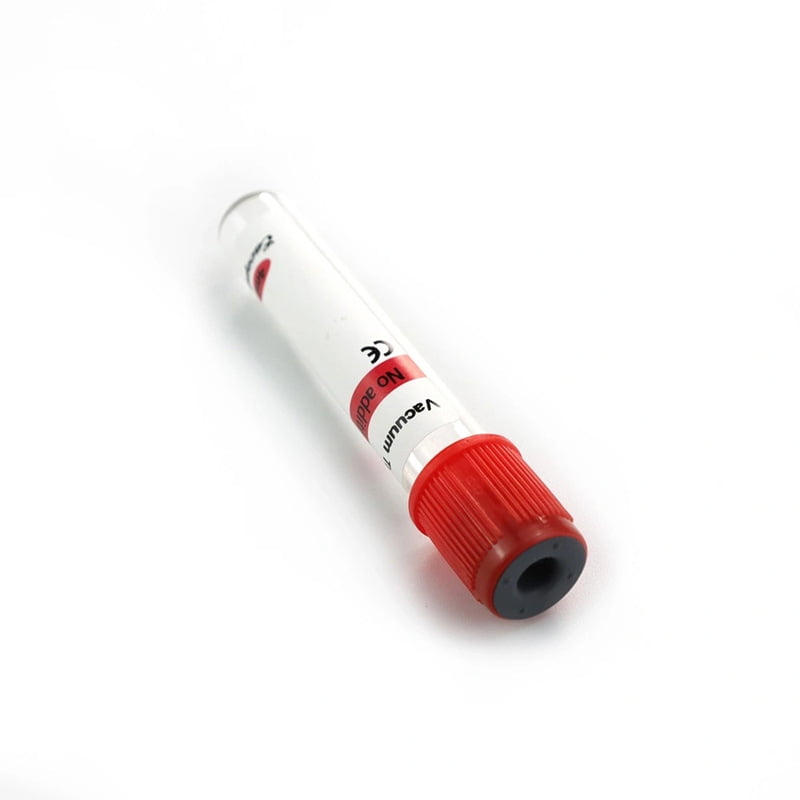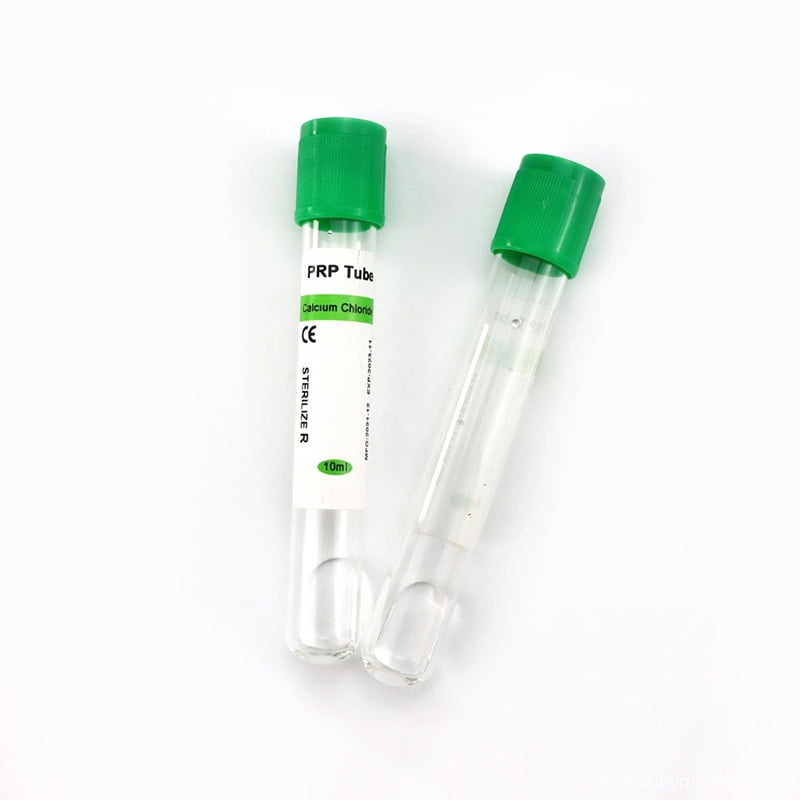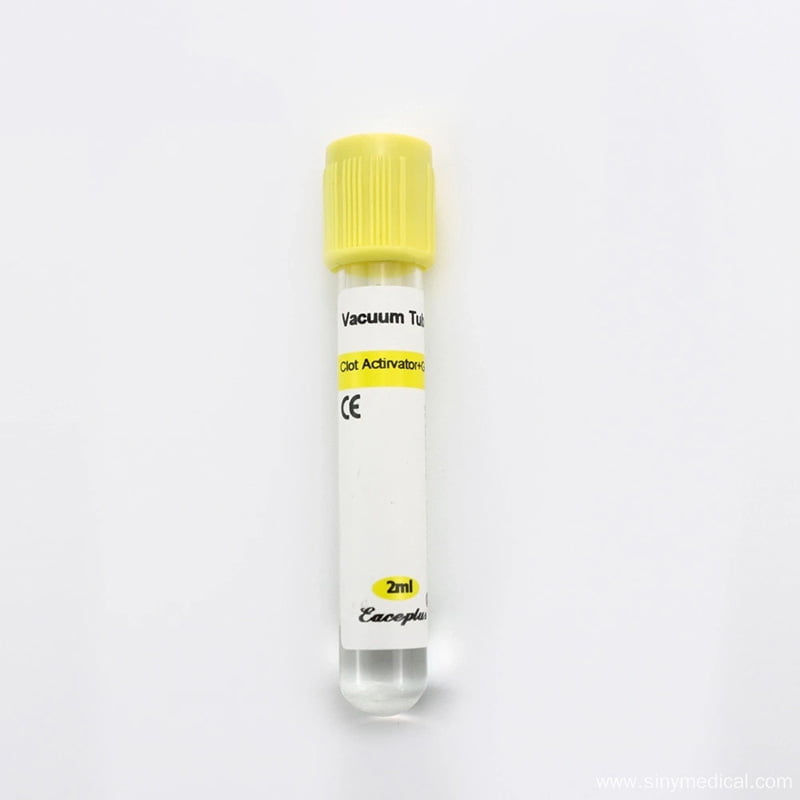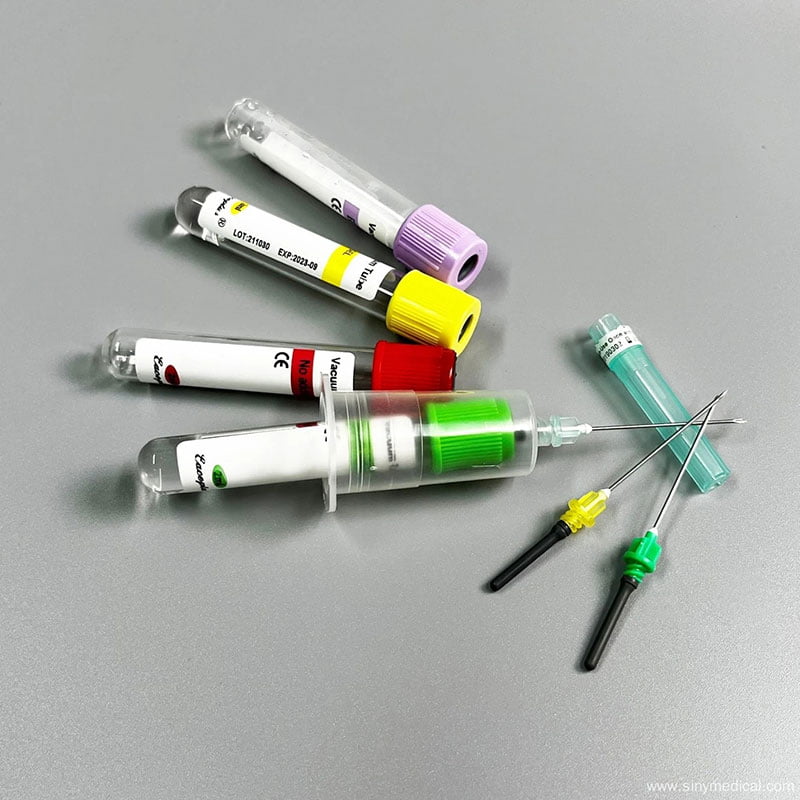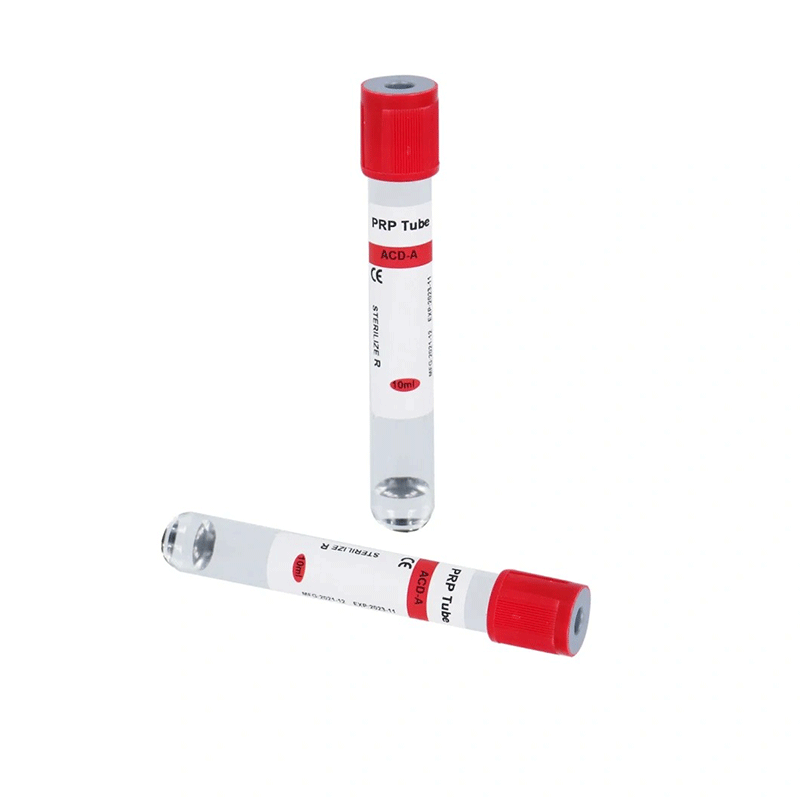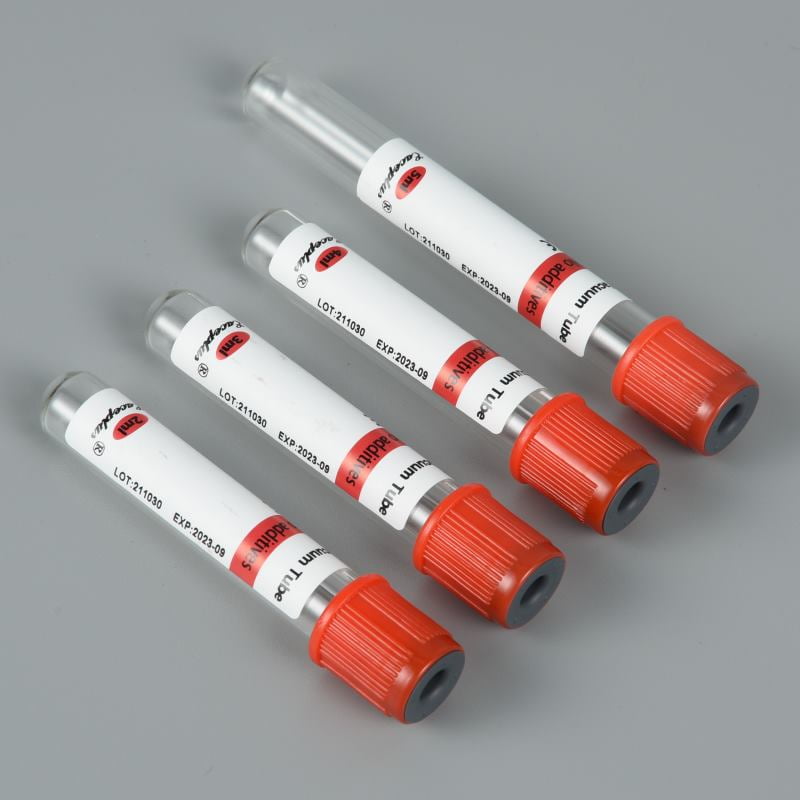Platelet-rich plasma (PRP) therapy has become a cornerstone in regenerative medicine, offering innovative solutions for tissue repair and healing. Central to the success of PRP therapy is the quality of the PRP tube used, especially the choice of additives that maintain the platelets’ effectiveness. One of the most widely preferred options for PRP collection is the Acid Citrate Dextrose (ACD) tube, specifically ACD-A.
Table of Contents
ACD: What is Acid Citrate Dextrose?
Acid Citrate Dextrose (ACD) is an anticoagulant solution commonly used in medical applications, particularly for platelet-rich plasma (PRP) preparation. ACD prevents blood clotting by binding calcium ions, which are essential for coagulation.
Composition of ACD
ACD is a mixture of three main components:
- Citric Acid – Works as a chelating agent that binds to calcium and prevents clotting.
- Sodium Citrate – Enhances anticoagulation properties by further reducing calcium availability.
- Dextrose (Glucose) – Provides energy to the platelets, keeping them viable during PRP preparation.
This balanced composition ensures that the platelets remain functional while preventing premature clotting.
ACD in PRP Tubes
PRP tubes are specially designed to separate and concentrate platelets from whole blood. Without an anticoagulant like ACD, the blood would clot, making PRP extraction impossible.
How ACD Works in PRP Tubes
- Prevents Clotting – ACD binds with calcium, stopping the coagulation cascade.
- Maintains Platelet Integrity – The glucose in ACD keeps platelets active and healthy.
- Enhances PRP Yield – ACD allows better platelet separation, leading to higher-quality PRP.
Difference Between ACD-A and ACD-B
Both ACD-A (Acid Citrate Dextrose Solution A) and ACD-B (Acid Citrate Dextrose Solution B) are anticoagulants commonly used in medical applications, including platelet-rich plasma (PRP) therapy. While both solutions contain the same key ingredients—sodium citrate, citric acid, and dextrose—their compositions differ, affecting their anticoagulation properties and intended use.
Higher Citrate and Dextrose Content in ACD-A
- ACD-A has a higher concentration of trisodium citrate and dextrose, which enhances its ability to preserve platelet viability for a longer period.
- This makes ACD-A the preferred choice for PRP therapy, blood storage, and transfusions.
ACD-B Has Lower Anticoagulant Strength
- ACD-B has lower amounts of all three components, making it a weaker anticoagulant than ACD-A.
- It is often used in short-term applications where less anticoagulation is needed.

ACD-A is Preferred for PRP Therapy
- Due to its stronger anticoagulant effect and higher dextrose concentration, ACD-A is the standard for PRP tubes used in regenerative medicine and aesthetic treatments.

ACD vs. Other Anticoagulants in PRP Tubes
PRP tubes use various additives, including CPD (Citrate Phosphate Dextrose), sodium citrate, and EDTA (Ethylenediaminetetraacetic Acid). However, healthcare providers highly regard ACD for its ability to support both platelet viability and efficient processing. Unlike EDTA, which can inhibit platelet activation and reduce PRP efficacy, ACD preserves the natural functionality of platelets, making it the preferred choice for regenerative therapies.
| Anticoagulant | Composition | Function | Advantages | Disadvantages |
|---|---|---|---|---|
| ACD-A | Citric Acid, Sodium Citrate, Dextrose | Chelates calcium ions, prevents clotting, preserves platelets | Effective anticoagulation, preserves platelet viability, compatible with processing methods | May require pH adjustment post-processing |
| CPD | Citrate, Phosphate, Dextrose | Binds calcium ions, inhibits coagulation | Maintains liquid state, supports platelet integrity | Less commonly used in PRP |
| Sodium Citrate | Sodium Citrate | Binds calcium ions, prevents clotting | Simple, effective anticoagulation | May not preserve platelet function as well as ACD-A |
| EDTA | Ethylenediaminetetraacetic Acid | Binds calcium ions, inhibits coagulation | Highly efficient at inhibiting platelet aggregation | Can damage platelets, reducing growth factor release |
Clearly, ACD is the best choice for PRP tubes due to its superior platelet preservation and separation properties.
Benefits of ACD in PRP Tubes
Using ACD in PRP tubes offers multiple benefits for both patients and practitioners.
Superior Platelet Preservation
Since PRP therapy relies on live platelets, it’s crucial to keep them viable. ACD nourishes platelets with glucose, ensuring their integrity and function.
Higher Platelet Concentration
The efficiency of PRP therapy depends on how well the platelets are separated from the blood. ACD enhances platelet recovery, leading to a more potent PRP solution.
Extended PRP Shelf Life
PRP needs to be used quickly, but ACD extends its usability by keeping the platelets active for a longer time.
Compatibility with Various PRP Treatments
ACD-based PRP tubes can be used for:
- Orthopedic Treatments – Joint and tendon repair
- Aesthetic Procedures – Skin rejuvenation and hair restoration
- Wound Healing – Accelerating tissue regeneration
For high-quality ACD PRP tubes for medical treatments, check out Siny Medical’s advanced PRP solutions.
ACD PRP Tubes Available Today
Not all PRP tubes are created equal. The best ACD PRP tubes offer high-quality separation, sterile environments, and optimal platelet preservation.
Recommended PRP Tubes with ACD:
- Siny Medical ACD PRP Tubes – Sterile, high-yield PRP separation
- PRP Tubes for Aesthetic Use – Specifically designed for skin and hair treatments
For more details on PRP solutions, visit the Siny Medical blog.
How to Choose the Right ACD PRP Tube?
When selecting an ACD PRP tube, consider the following:
- Sterility – Ensure the tube is sealed and contamination-free.
- Anticoagulant Balance – The right ratio of citric acid, sodium citrate, and dextrose is crucial.
- Material Quality – Opt for medical-grade glass or PET tubes.
- Manufacturer Reputation – Buy from trusted brands like Siny Medical.
For bulk purchases and inquiries, contact Siny Medical today!
Summary
ACD-A is a crucial additive in PRP tubes, offering effective anticoagulation and preservation of platelet viability. Its composition includes citric acid, sodium citrate, and dextrose, which work together to prevent clotting and maintain platelet function. ACD-A is preferred over other anticoagulants due to its ability to support both platelet viability and efficient processing, making it a cornerstone in regenerative medicine. For those interested in exploring more about PRP tubes and their applications, visit Siny Medical for comprehensive solutions.
To stay updated on the latest in PRP therapy and regenerative medicine, subscribe to our YouTube channel for insightful videos and tutorials.
For inquiries or to learn more about our products, feel free to contact us. You can also explore our products on Made-in-China or visit Siny PRP for additional resources..
FAQ
What is ACD-A used for in PRP tubes?
ACD-A is used as an anticoagulant in PRP tubes to prevent clotting by binding calcium ions, preserving platelet viability and functionality during blood processing.
How does ACD-A compare to other anticoagulants?
ACD-A is preferred over other anticoagulants like EDTA because it better preserves platelet structure and function, leading to higher growth factor release and enhanced therapeutic effectiveness.
What are the benefits of using ACD in PRP therapy?
The benefits include improved platelet recovery, enhanced growth factor release, and better overall quality of the PRP, leading to more effective treatment outcomes.
Is ACD-A safe for use in medical procedures?
Yes, ACD-A is safe when used according to established protocols and is approved by regulatory authorities.
How does ACD-A affect the shelf life of PRP?
ACD-A helps maintain the viability of platelets during storage, potentially extending the practical shelf life of PRP products if stored properly.
Can ACD-A be used with all types of PRP tubes?
ACD-A is compatible with many PRP tubes designed for anticoagulation, but it’s essential to check the manufacturer’s specifications for optimal performance.

